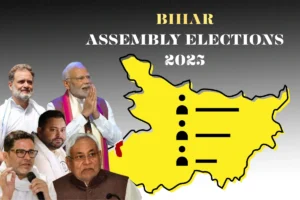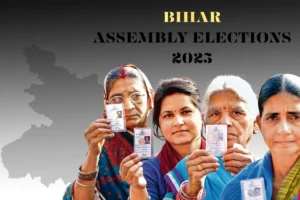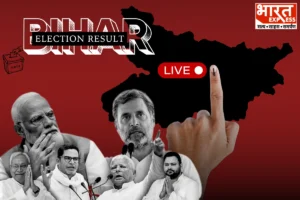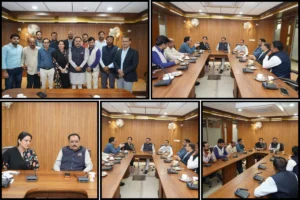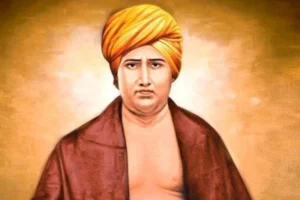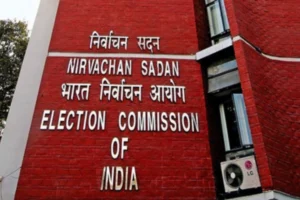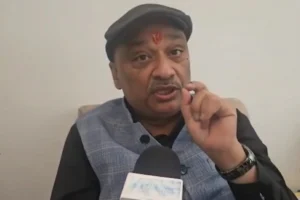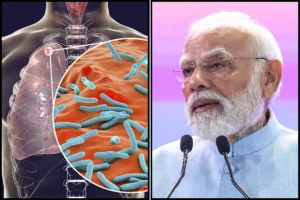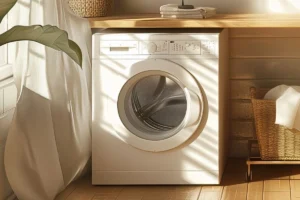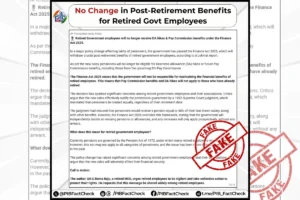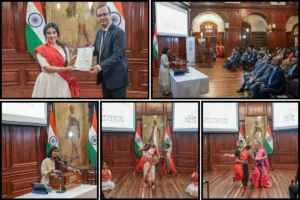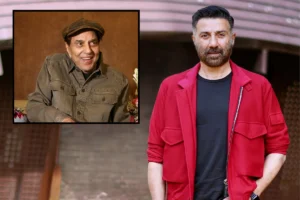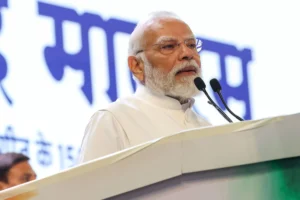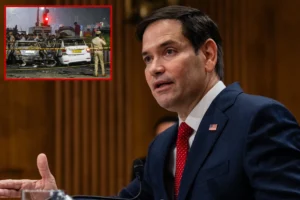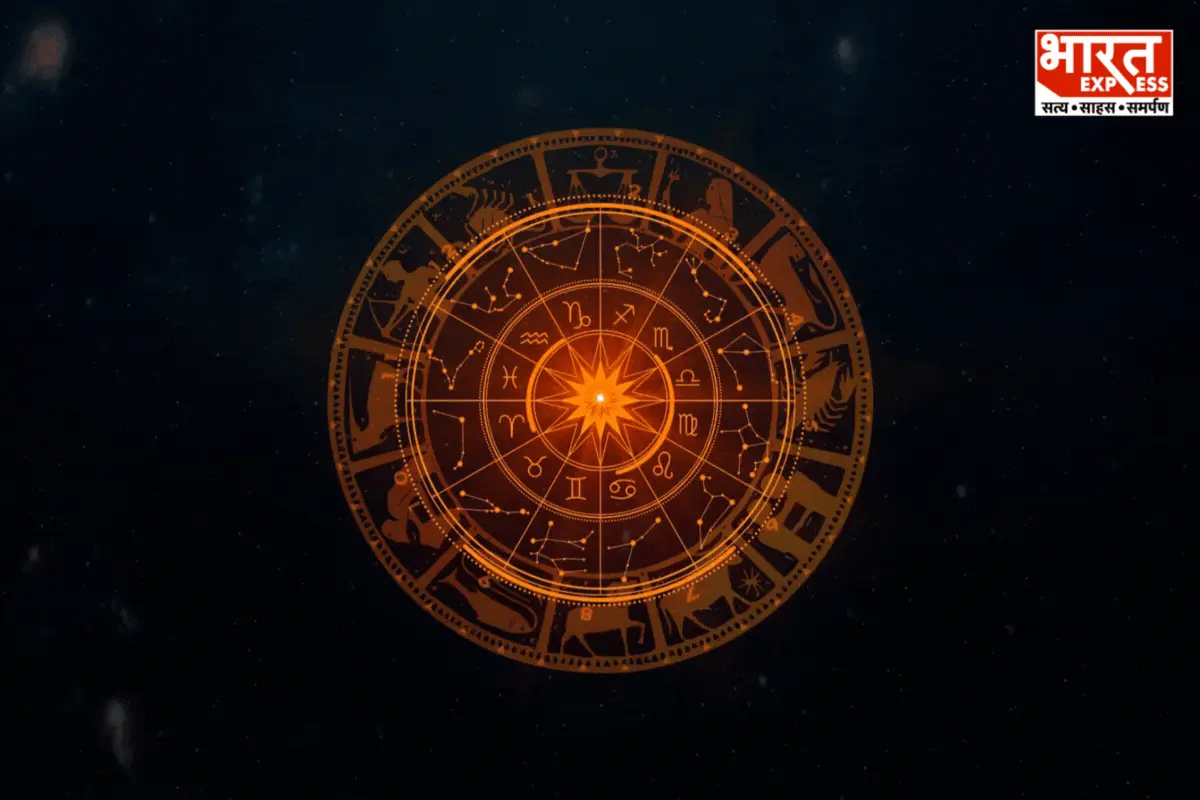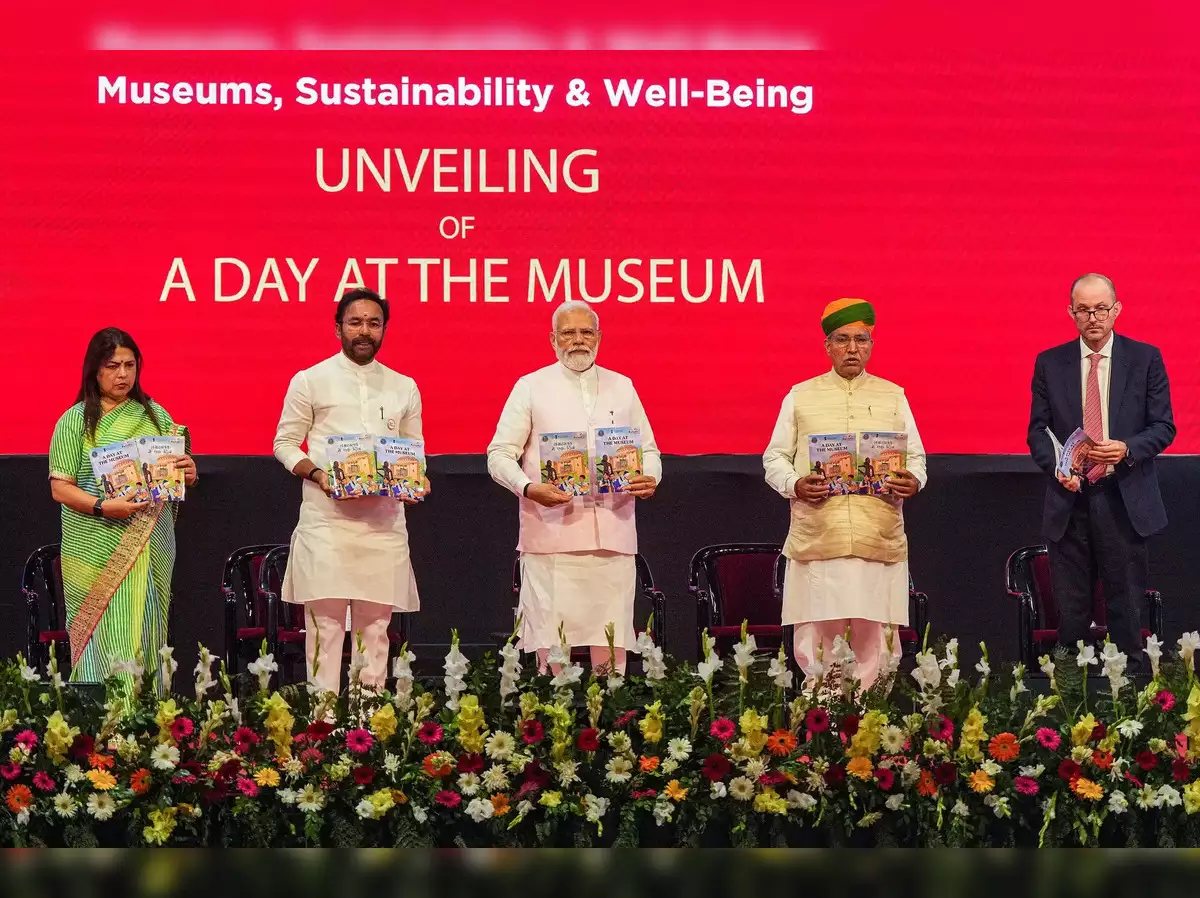
Prime Minister Narendra Modi launched a pocket map of the Kartavya Path on Thursday, which includes information on several State Houses and historic cultural institutions near the India Gate complex.
‘Rajpath’, the national capital’s ceremonial avenue connecting the Raisina Hill complex to India Gate, was renamed ‘Kartavya Path’ last September and inaugurated as part of the refurbished Central Vista Avenue by Modi shortly afterward.
The pocket map was unveiled at Pragati Maidan during the International Museum Expo, which runs from May 18-20.
Modi kicked off the event, which has over 1,200 museums participating in various categories. It fell on the same day as International Museum Day, which is celebrated on May 18.
Officials claimed, “The pocket map has information on the various State Houses such as Kota House, Hyderabad House, and Jaipur House — elegant structures built during the British era around the India Gate Hexagon, and cultural spaces and the Union Ministry of Culture’s institutions”.
These Houses were built by former princely states that eventually acceded to the Union of India after Independence and many of them now house government organisations.
Among other stately Houses, Hyderabad House is used to receive foreign dignitaries, the National Gallery of Modern Arts is located in Jaipur House and Bikaner House hosts a culture hub and eateries.
The pocket map also includes information about the National Museum and the National Archives of India, both of which are managed by the Union Ministry of Culture.
Rajpath originated as Kingsway, a central axis erected as part of New Delhi after King George V proclaimed the relocation of the imperial administration from Calcutta at the 1911 Delhi Durbar.
Rajpath has witnessed colonial rule as well as the pride of a free, democratic nation over the last seven decades, from witnessing the dawn of independence to hosting yearly Republic Day celebrations.
PM Modi referred to the Rajpath and the lawns bordering the boulevard as a symbol of India’s “slavery” when he opened the refurbished Central Vista Rajpath and the lawns flanking the boulevard last year. At India Gate, he also inaugurated a statue of Netaji Subhas Chandra Bose.
Members of various opposition parties, including the Congress and the TMC, were outraged by the rebranding.
According to senior Congress leader Shashi Tharoor, renaming the historic Rajpath to Kartavya Path was ‘pure politics’ because ‘Rajpath’ is a Hindi word.
Historians contend that the ‘Raj’ in ‘Rajpath’ relates to the concept of a State rather than ‘Raja’ or king.
Recently, modular panels with a map of Kartavya Path were built in the Central Vista area, and barricades near India Gate also feature the name ‘Kartavya Path’.
PM Modi additionally demonstrated a virtual walkthrough of the planned national museum, which will be housed in the British-era North and South Blocks of this building.
North Block and South Block are part of the Central Secretariat on the Raisina Hill complex, which was designed by Sir Edwin Lutyens and Sir Herbert Baker.
Prominent highways such as Kingsway and Queensway, which run perpendicular to each other in the heart of the national capital, were renamed ‘Rajpath’ and ‘Janpath’, respectively, shortly after Independence, as did several other British-era roadways.
Also read: Ukraine: Shot Down 29 Of 30 Russian Missiles Overnight
To read more such news, download Bharat Express news apps







